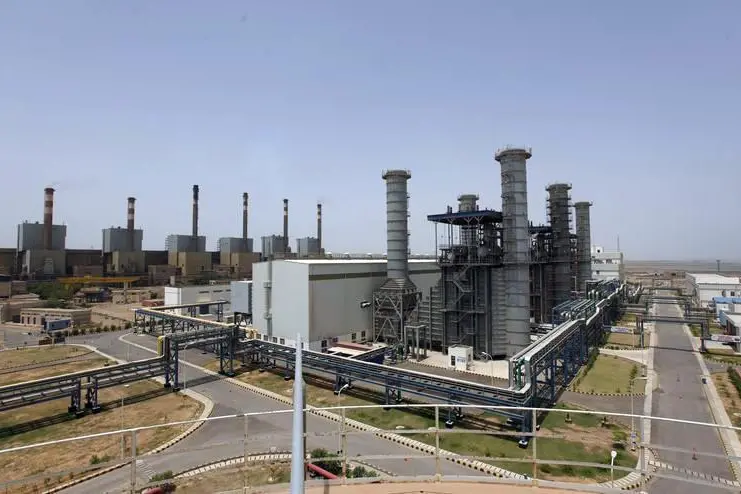PHOTO
Pakistan has achieved tremendous development in the power sector during the last few years. The giant stride in electricity production was in addition to the other achievements of the PML-N government. The dispensation faced its biggest challenge in 2013, as load-shedding was a routine throughout the country because of shortage of power generation. This came at a time when the nation was facing several problems like terrorism, Karachi target killings and much more.
The shortage of electricity was 7,000MW in 2013. Minister of Power Division Sardar Awais Ahmad Leghari says only 236 feeders out of 8,600 feeders are pursuing zero load-shedding, and 63 per cent of them are load-shedding-free. It could also be attributed to the launch of thermal, hydel, solar, wind and above all the nuclear power projects.
The zero-load-shedding is not because of the reduction of power consumption during winter season, but it is attributed to the 2,700 MW of surplus electricity out the 16,477MW generated in the country.
The year 2018 has brought the hope to have a load-shedding-free Pakistan. There are several ongoing projects in the energy sector in the country, including Sahiwal Coal Power Plant (1,350MW), Port Qasim Power Plant (1,320MW), two nuclear power plants (650MW), Neelum Jhelum (950MW) and Tarbella 4 Extension (1,500MW). These projects are expected to be completed by mid-2018.
Minister of Foreign Affairs Khawaja Muhammad Asif says the nation has achieved a record-high with 20,000MW of electricity production, asserting that the government was near the fulfilment of its 'Roshan Pakistan' (Alighted Pakistan) manifesto.
The government has also received a boost of $46 billion foreign investment under the China-Pakistan Economic Corridor (CPEC) project. Out of that, some $34 billion was being invested in energy-related projects. The move would not only help overcome the existing energy crisis, but would also help produce surplus electricity.
Power plants based on conventional fuels and renewable sources that are being built under the CPEC projects are expected to ease the electricity shortages in the country. According to a report, 21 energy projects planned under CPEC will enhance the nation's capacity of power generation to double, producing 16,400MW electricity after their completion. Based on surveys and research work, the report says the corridor has provided 60,000 jobs to Pakistanis since 2015.
The report, jointly prepared by Association of Chartered Certified Accountants and the Pakistan-China Institute, said that it would generate a whopping 800,000 new jobs in different sectors by the year 2030.
In the next three years, Pakistan will become a power surplus country, according to the National Transmission and Despatch Company (NTDC) and K-Electric Limited (KEL) data. The power generation capacity is expected to reach 34,785MW by the year 2020. This would be around 3,000MW more than the projected demand and new projects that could generate 6,000MW could be available by 2020.
But as the population is growing and new housing projects are coming up, the demand for electricity is on the rise. According to the International Energy Agency forecasts, power demand in the country will be more than 49,000MW by 2025. The Pakistan government has set its sight at Vision 2025 to provide electricity to 90 per cent of population. It has also set its goals to reduce the average cost of electricity per unit by more than 25 percent. At the same time, new projects with around 8,800MW would be added into the system over the next couple of years.
Copyright © 2018 Khaleej Times. All Rights Reserved. Provided by SyndiGate Media Inc. (Syndigate.info).












